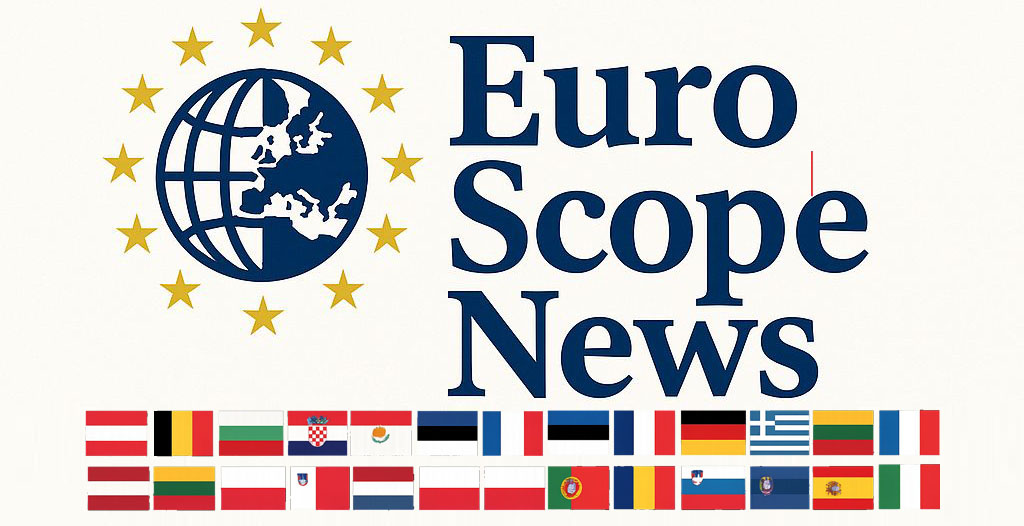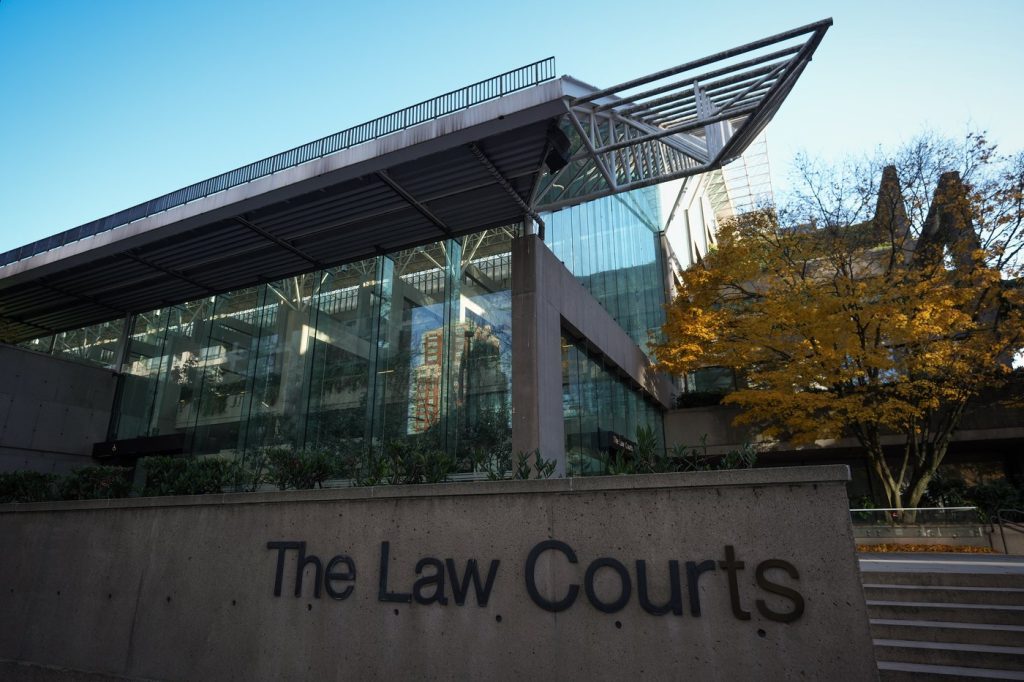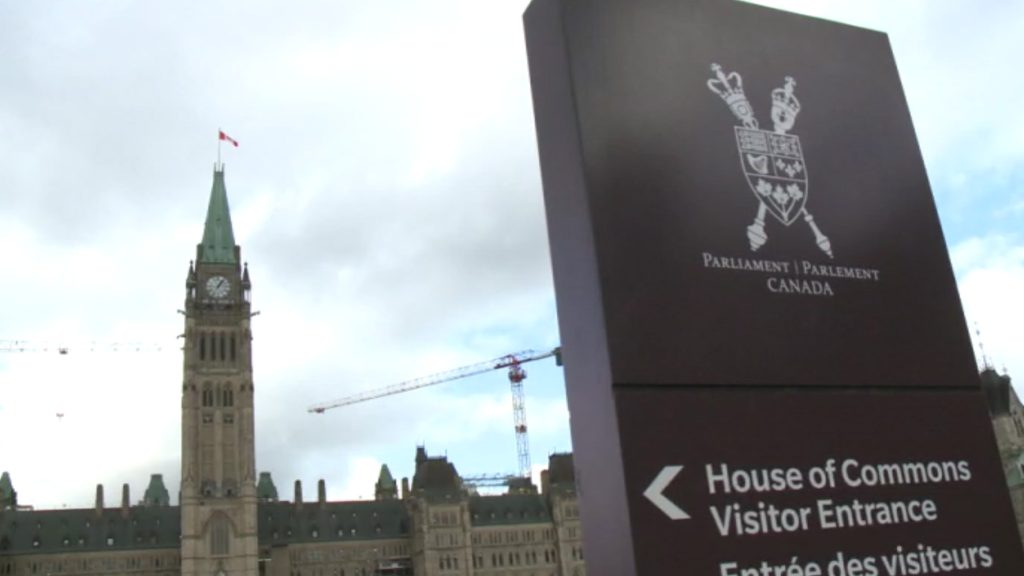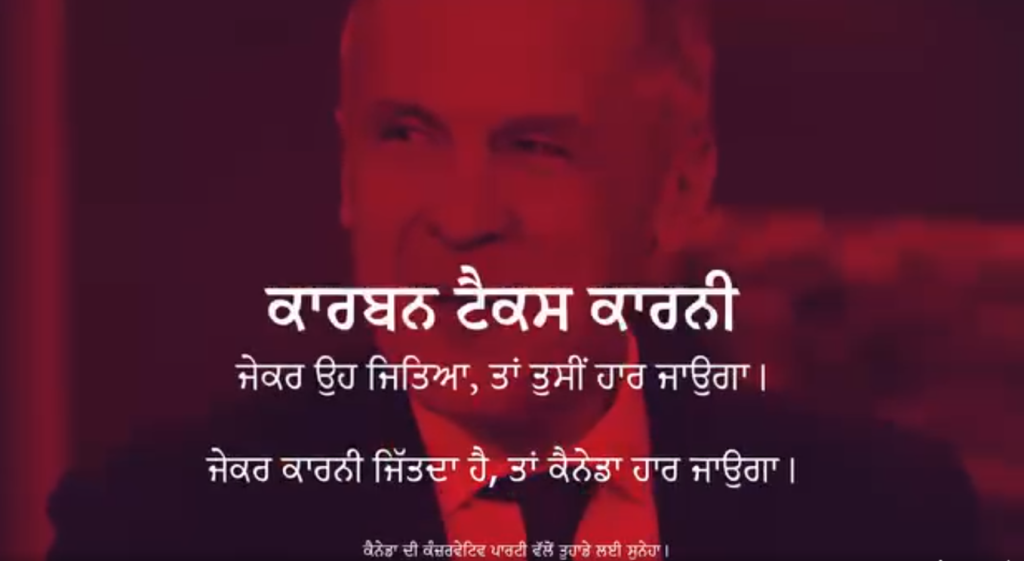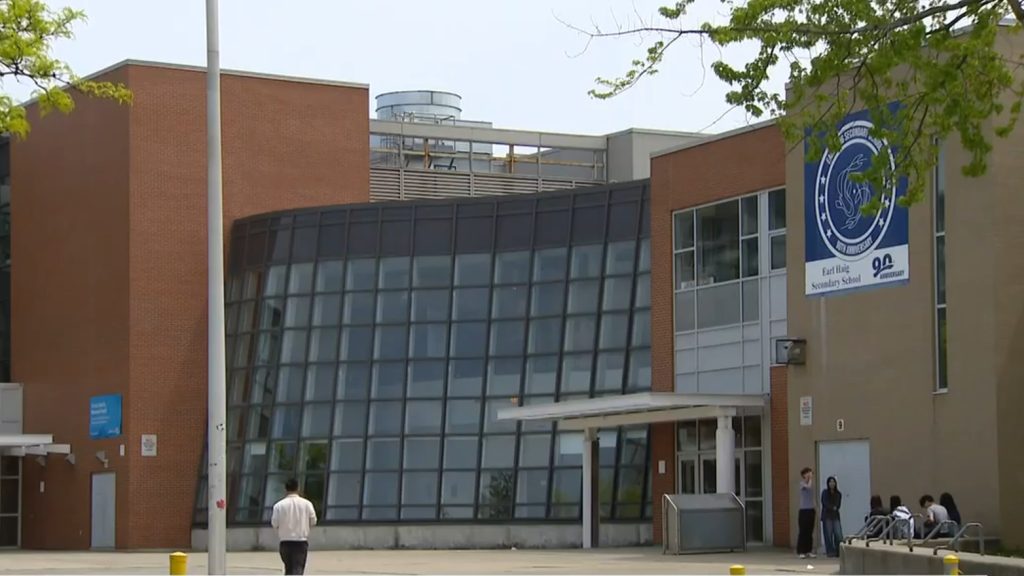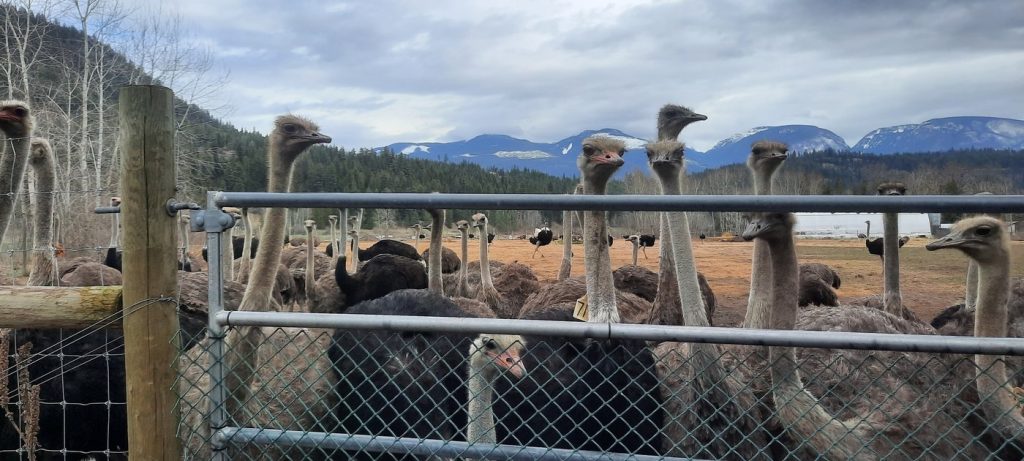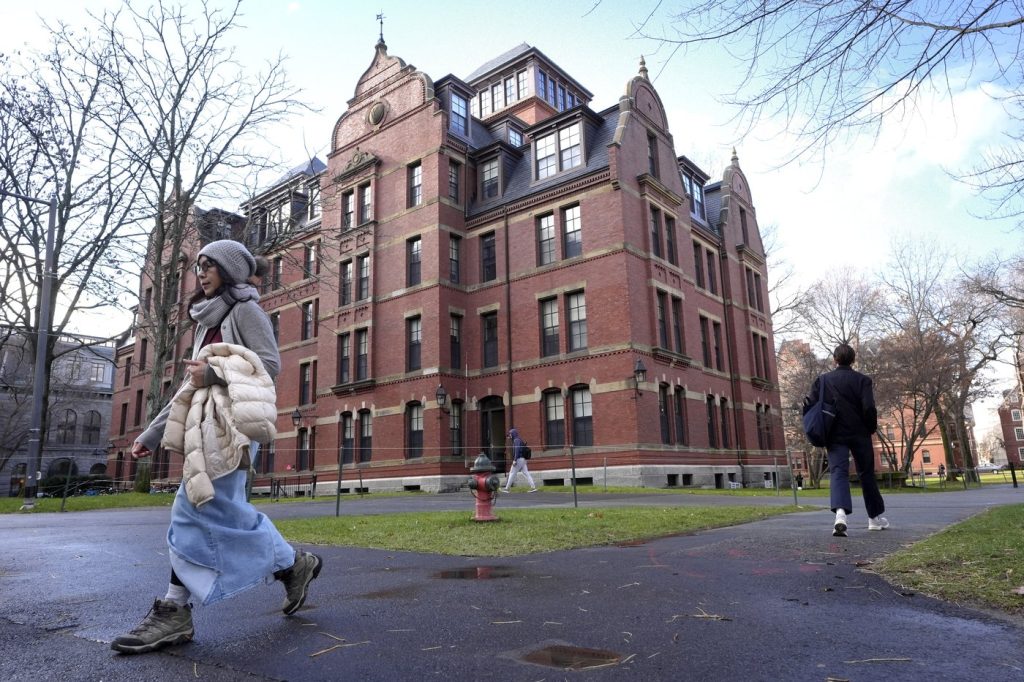The Wilder Institute/Calgary Zoo has formed a partnership with the Magnetawan First Nation, located in Ontario, to initiate a turtle population recovery program. This collaboration aims to address the decline of turtle species in Canada, focusing on eight species that are classified as “at-risk” both federally and provincially.
According to Dr. Gráinne McCabe, the Chief Conservation Officer at the Wilder Institute, this program is part of a pan-Canadian strategy to recover at-risk species in collaboration with the Magnetawan First Nation. Dr. McCabe noted that the initiative specifically targets four of the at-risk turtle species, with potential benefits extending to all eight turtle species inhabiting Georgian Bay. This partnership signifies a commitment to conservation led by the Magnetawan First Nation, recognized as a leader in conservation efforts among First Nations in Canada.
This turtle recovery program is the first initiative to be integrated into the Wilder Institute’s “Wilder Canada Action Plan.” The program involves the nurturing and eventual release of turtle hatchlings that have been cared for through Magnetawan First Nation’s turtle incubation program. During the summer, the Wilder Institute participated in the hatchling release efforts, engaging the community in the project.



For the Magnetawan First Nation, each hatchling release is imbued with significant cultural importance. Chief Lloyd Noganosh remarked on this connection, highlighting the reverence for turtles within Indigenous culture and the appropriateness of calling North America “Turtle Island.”
The Wilder Institute aims to double the number of turtle hatchling releases from 2,500 to 5,000 annually. The program seeks to tackle challenges such as habitat loss and road mortality, which significantly threaten the turtle population. Furthermore, it intends to create more opportunities for youth to engage in conservation training and gain employment within the field. The initiative will also work toward expanding the guardian network to share knowledge and resources with other Indigenous nations, promoting collective conservation efforts.
